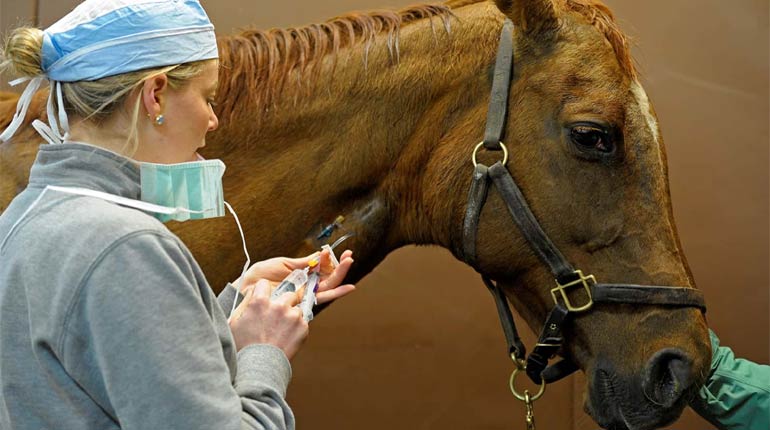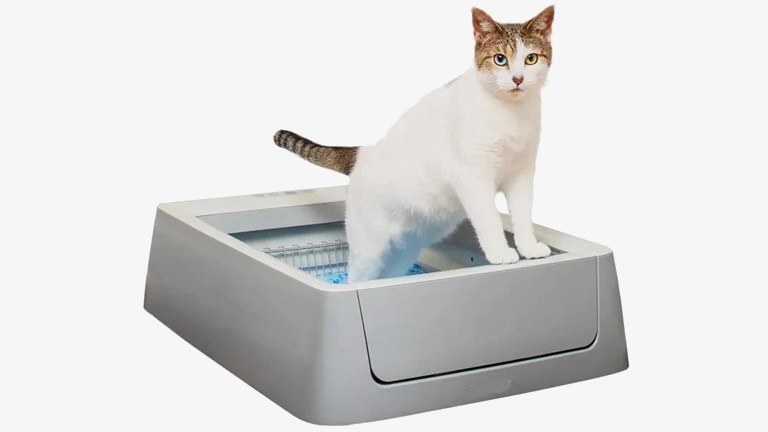
Exercise is any movement that works the body at a greater intensity than normal daily activity. This includes walking or running at a faster pace.
Physical Activity
It’s well-known that exercising regularly has many positive effects on your health, but you may not know that it can also help your pet. Studies show that people who exercise with their pets are more likely to stick with a fitness program. This is especially true with dog owners.
The reason is simple: dogs love to exercise. Whether it is a leisurely walk, a quick game of fetch, or a vigorous run, dogs love activity and social interaction. Plus, they need this exercise to keep their heart, lungs, joints, and digestive system healthy.
Exercising also helps prevent behavioral problems. Dogs that don’t get enough exercise can become bored and develop negative behaviors like digging holes, chewing on furniture, or excessive barking. Regular exercise burns off excess energy, preventing these behavior problems and keeping your pet happy.
Not every type of exercise is appropriate for all pets, but most can benefit from the following:
For most dogs, walking is the primary form of physical activity. A brisk, 20–30-minute walk can provide the daily exercise needed to help maintain a healthy weight. A brisk walk can also help reduce joint pain, improve urinary and gastrointestinal health, and even decrease the risk of osteoarthritis.
Try running up and down stairs or swimming laps for more strenuous activity. Playing a vigorous indoor hide-and-seek or agility training game is also a great way to exercise your pet. Just remember to be sure your pet has plenty of water before, during, and after any exercise. It’s also important to consult your veterinarian before starting a new exercise program, especially with older pets.
According to Rolling Plains Veterinary Corporation, unless your pet gets enough exercise, it can develop health problems. It may also become bored and exhibit destructive behaviors such as digging holes or chewing furniture.
Weight Management
Obesity is the number one cause of morbidity and mortality in our pets. In most cases, pets become overweight due to an imbalance between calories consumed and expended. The good news is that even the most obese pets can lose weight if they follow a healthy diet and exercise plan.
Current weight loss strategies rely on dietary energy restriction using a purpose-formulated diet. These plans can be successful, but the rate of weight loss progressively slows down as the pet loses weight. Furthermore, success is most challenging in the most obese animals — who are also the ones most likely to discontinue the program before reaching their target weight.
A veterinarian can help patients and owners develop a personalized weight management plan that is appropriate for their pet’s age, breed, and activity level. The goal is not to achieve a specific weight but rather to reach and maintain a healthy body condition score (BCS). BCS is calculated by palpating the pet’s ribs, loin, and waist area, plus assessing their abdomen for a “tuck” and abdominal girth.
To reach and maintain a healthy weight, working with your veterinarian and including the entire family in the process is important. A weight loss plan doesn’t succeed if a husband, child, or another family member continues to sneak extra food or treats for your pet.
Ultimately, reaching and maintaining a healthier body weight is the best way to give your pet the best chance of living a long, happy, pain-free life. There are a variety of resources that veterinarians and veterinary nurses/technicians can access to continue their education on this topic, from continuing education courses to weight tracks at major events like VMX.
Muscle Mass
Muscle mass is critical to many of the body’s functions, including energy level, metabolism, movement, balance, and bone health. A strong, well-conditioned muscle can help prevent disease and improve the quality of life as pets age.
Exercise increases the amount of muscle mass and stimulates new growth. Incorporating regular, low-impact exercise (like walking or swimming) can help prevent or counteract muscle loss in older pets. In fact, spotting muscle loss early can lead to better outcomes when treating cachexia or sarcopenia (loss of lean muscle mass due to aging).
While puppies naturally build muscle mass on their own, exercise is important for older dogs as it helps maintain healthy muscle mass and slows the progression of sarcopenia. Adding an element of weight training to a dog’s workout can also improve strength and flexibility.
In addition to building and maintaining muscle, exercising skeletal muscles directly improves bone density by activating specialized cells that promote bone mass. Muscle mass also serves as a reservoir for immune system fuels required in a health emergency.
Besides helping your pet stay in shape, exercise is a great way to bond with your companion and boosts your mood. Exercise is especially important for overweight dogs as it can reduce obesity-related diseases and conditions like arthritis, joint pain, heart disease, and diabetes.
Just be sure to monitor your pet’s fitness progress and talk to your veterinarian before starting any fitness program. Also, don’t expect your pet to go on long runs if they are just beginning a fitness journey. Just like people, dogs need to ease into distance running over time. And finally, don’t forget to make exercise fun! This will encourage your pet to continue working out with you and will strengthen your relationship.
Bone Density
The strength of your pet’s bones is crucial to the support of their entire body. Bone density, or bone mineral density, is a measure of the amount of minerals in your bones, and it can be a good predictor of fracture risk.
The best way to boost your dog’s bone health is to make sure they get enough calcium, a well-known and widely recommended nutrient for bone strength. Vitamin D also plays an important role in bone health, assisting with calcium absorption and helping your pet strengthen their existing bone tissue.
Regular exercise also helps to maintain a healthy bone density. Weight-bearing exercises, such as walking, jogging, aerobics, and dancing, are helpful for bone strengthening. These types of activities force your pet to move against gravity, and the impact of the movement stimulates the bones, resulting in increased bone density.
Another way to improve your pet’s bone health is to help them build muscle mass, which also promotes healthy bone density. Exercise stimulates specialized cells that promote bone mass and improve the bone’s adaptability. Muscle mass also serves as a reservoir for immune system fuels required during a health crisis.
Your pet’s bone density can be tested with a Dual-energy X-ray Absorptiometry (DXA) scan, which is the gold standard method for human osteoporosis screening. The DXA test is quick and painless and exposes your pet to a low dose of radiation. The results are reported as a T-score; the lower your score, the greater your risk of breaking a bone. Your doctor may also compare your T-score to other people of the same age, sex, and ethnic or racial background. This is called your Z-score. The higher your Z-score, the healthier your bone density.
Mental Health
Many people consider their pets part of the family, and a recent poll conducted by Morning Consult found that 86% of pet owners said their pets positively impacted their mental health. They also felt that their pets offered companionship, a calming presence and encouraged them to be physically active. Pets need regular exercise, too, whether it’s a short walk, playing with them, or even just talking and singing to them.
In addition, pet ownership provides structure and routine to a person’s day, which can help with anxiety or depression. For example, a dog owner will need to get up on time to feed and take their pet for a walk. Hyperactive people may also benefit from the physical exercise their pets provide, as a simple activity like petting a cat or running around with a dog expends excess energy and reduces stress.
The quality of the evidence available was mixed, and there was no clear indication that pets were able to fully mediate the relationship between an AIDS diagnosis and depression. However, qualitative data indicated that the impact of a pet on depression was greater than that of non-pet owners and that pets can be an important component of support for people who are diagnosed with long-term mental health conditions.
The findings suggest that it is necessary to develop research exploring the extent and nature of pets’ therapeutic role in diagnosable mental health conditions. This will require exploring outcomes that cover the range of roles and types of support pets confer in relation to mental health management as well as considering the means by which they might be incorporated into the mainstay of support for people with diagnosable mental health conditions.




